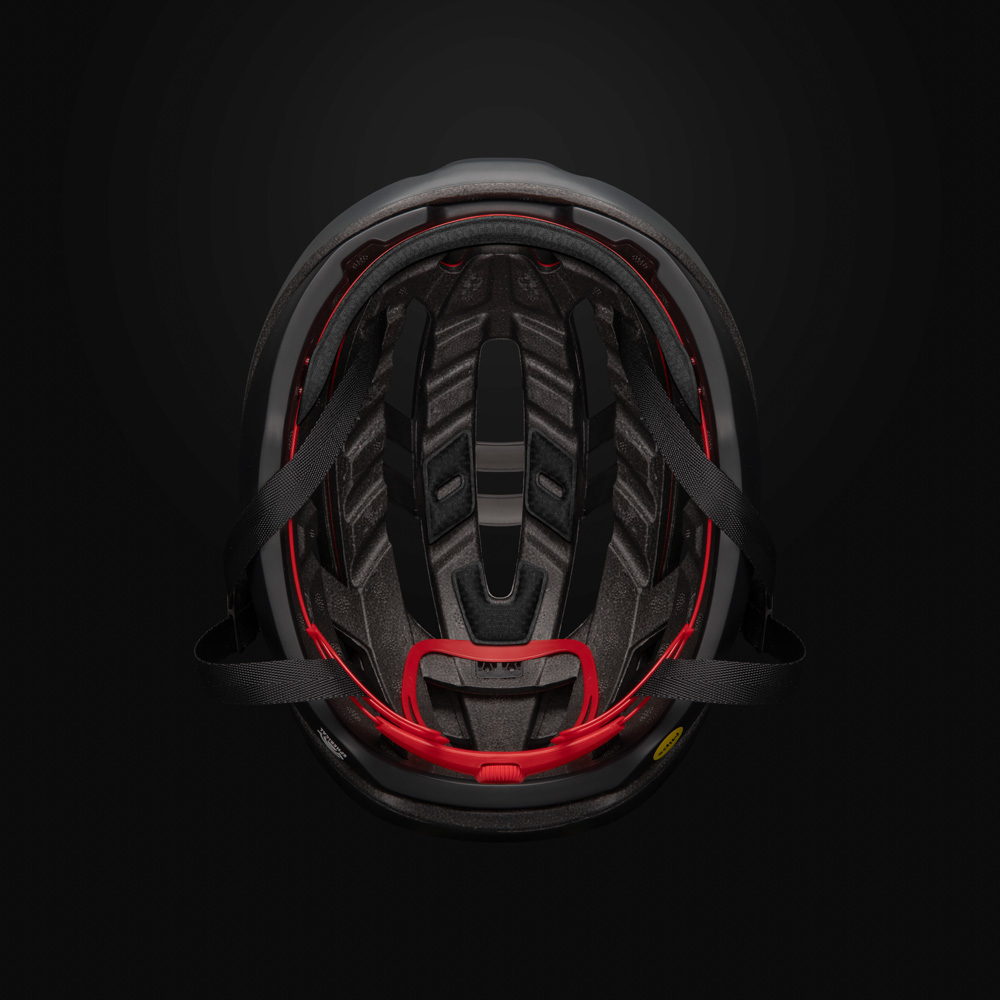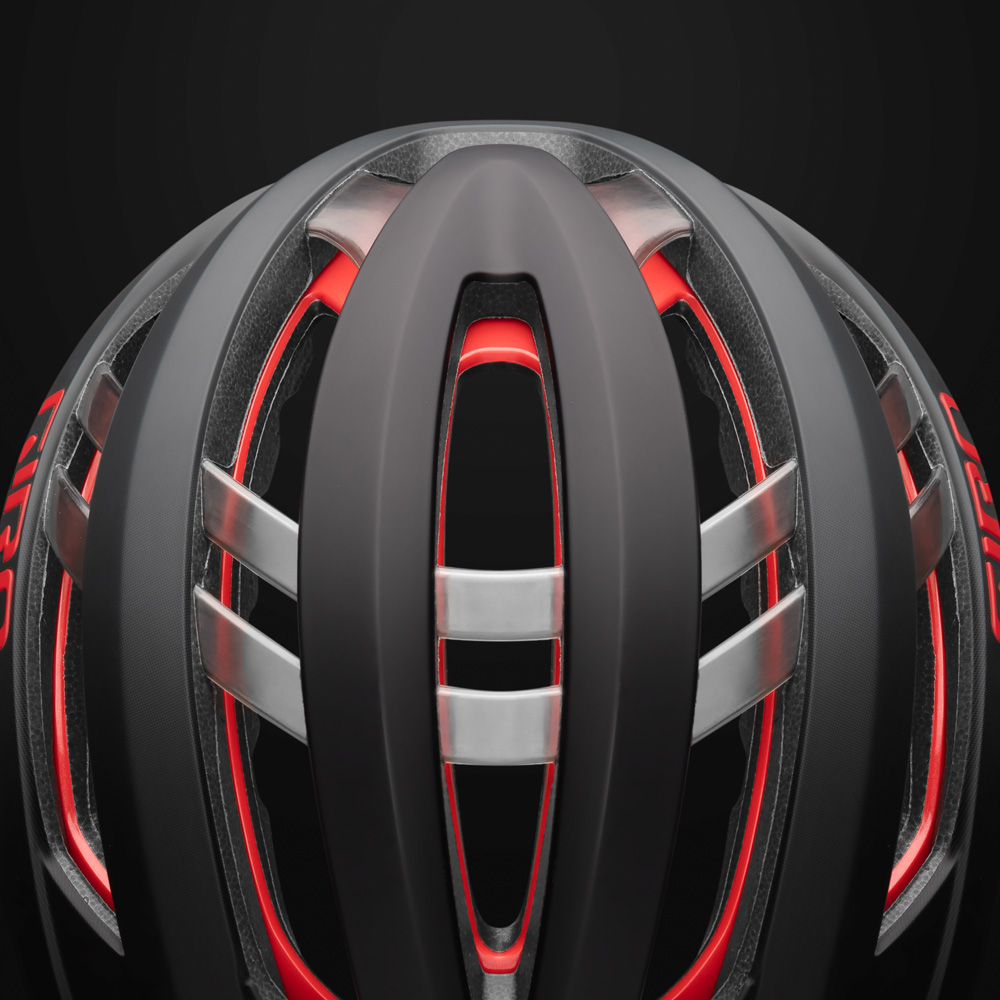MIPS, das multidirektionale Aufprallschutzsystem, verwendet eine Gleitebene, um die Energie von Rotations- und Winkelaufprallen zu absorbieren.
Video ansehen

Zeit ist alles
Entwickelt, um Rotationsbewegungen bei winkligen Stößen zu reduzieren und umzulenken. Seit mehr als 60 Jahren erforschen die Giro-Ingenieure die Kräfte, die bei Stürzen in den verschiedensten Szenarien auftreten. Jüngste Erkenntnisse haben ergeben, dass Hirnverletzungen bei einem Winkelaufprall aufgrund der stärkeren Belastung des Hirngewebes wesentlich schwerwiegender sein können. Mips begegnet dieser Belastung, indem es den Kopf für einige Millisekunden unabhängig vom Helm gleiten lässt. Dieser kritische Moment trägt dazu bei, die Relativbewegung des Gehirns innerhalb des Schädels zu reduzieren und kann die Belastung des Gehirns durch schräge Aufprälle möglicherweise verringern.

Warum es wichtig ist
Kein Aufprall gleicht dem anderen Wenn ein Kopf schnell rotiert und plötzlich zum Stillstand kommt, kann die Rotationsbeschleunigung zu einer starken Belastung des Gehirngewebes führen. Die Dehnung des Gewebes, die durch diese Bewegungen verursacht werden kann, kann zu verschiedenen Arten von Hirnverletzungen führen. Wir glauben, dass mit Mips-Technologie ausgestattete Helme bei bestimmten Aufprallen zusätzlichen Schutz bieten können.

Wie es funktioniert
Um Rotationsenergie zu adressieren, verwendet Mips ein Slip-Plane-System, das sich im Helm bewegt und das eigene Schutzsystem des Gehirns nachahmt. Diese Schicht ist so konzipiert, dass sie sich innerhalb des Helms dreht, um die auf den Kopf übertragene Energiemenge zu verlangsamen oder zu reduzieren. Die Wissenschaft sagt uns, dass wir, wenn wir die mit der Rotationsbeschleunigung verbundenen Belastungen reduzieren können, das Risiko und die Schwere von Hirnverletzungen verringern können.



